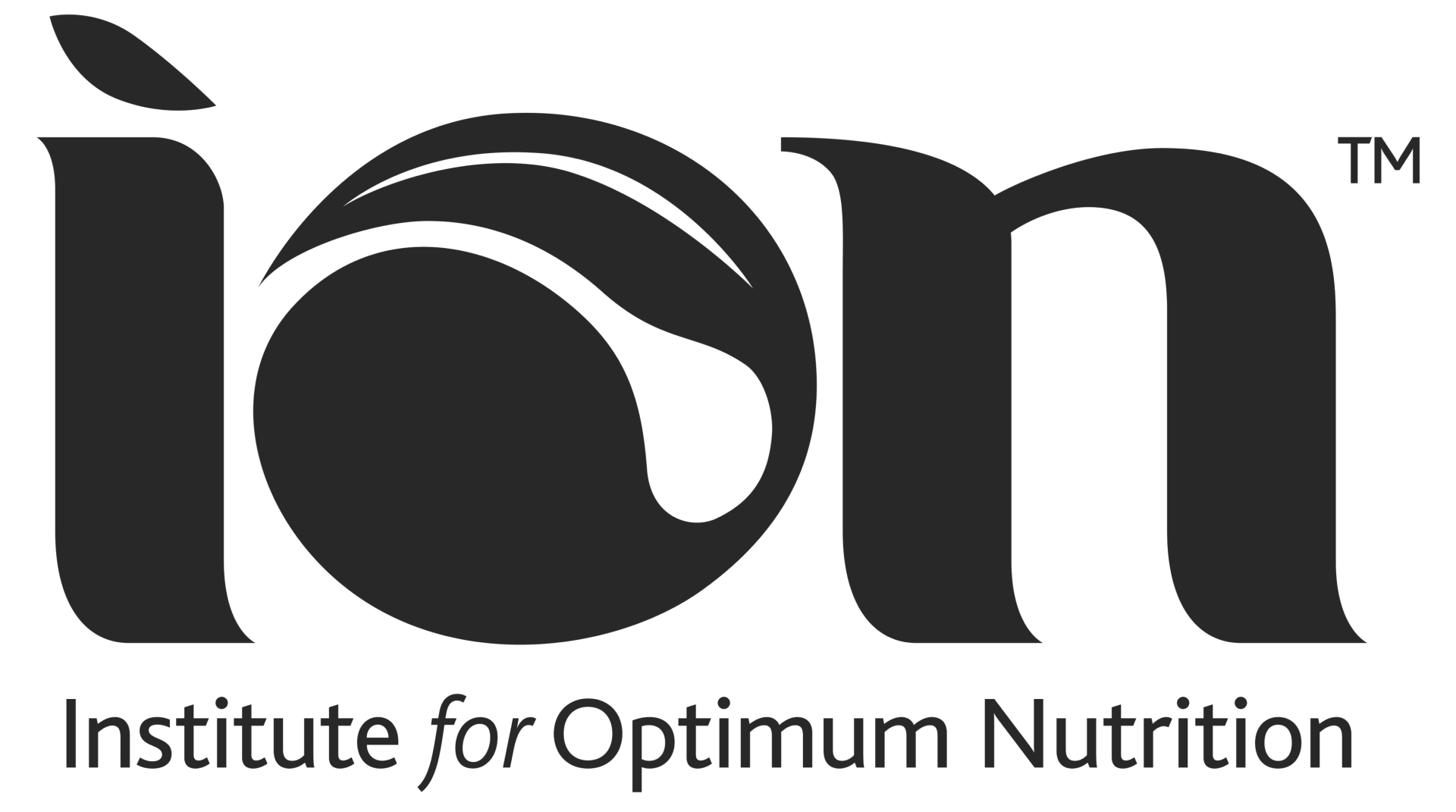With food prices skyrocketing, how can you make ends meet? Our experts have some answers to help stretch your grocery budget, writes Natalie Li
The struggle is real for Zam (pictured below) and her family who have been reliant on foodbanks since 2021. It has become a lifeline for Zam, her husband and two small children, who simply cannot afford to buy staples like bread, milk and vegetables.
Thanks to the Felix Project’s Newham Community foodbank, which rescues surplus food from the food industry and delivers it to over 900 frontline charities and schools, Zam has managed to feed her family.
“I would be very stressed if we could not get support from the food bank,” shares Zam. “We come every week and it’s our daily bread. It makes all the difference and gives us what me and my family need.”
Zam is not alone.

The Food Foundation’s Broken Plate report published last month (January 2025) highlights the troubling reality that too many people in the UK lack the financial means to access decent food. The report reveals that healthier foods are more than twice as expensive per calorie than less healthy foods and less available.
With ultra-processed foods often cheaper than fresh ingredients, cooking nutritious meals from scratch can feel impossible.
We’ve compiled some of our top tips from experts to help stretch your grocery budget.
1/ Shop smarter and batch… to the future
Budgeting for your food shop starts well before you even set foot in the supermarket, says Suzanne Mulholland, author of The Batch Lady series of books. She suggests starting at home with a clear plan.
“Take stock of what you already have in your cupboards, refrigerator and freezer,” she suggests.
“Create a rough meal plan for a few days, then make a corresponding shopping list. Before heading out, review your list again, checking if you can substitute anything with items you already have. This pre-planning significantly shrinks your shopping list and keeps you focused.”
Mulholland advises on resisting the allure of end-of-aisle displays and two-for-one deals, as these often lead to unnecessary purchases.
“Always compare prices by looking at the price per kilo or per 100ml, not just the sticker price. Don’t be afraid to experiment with cheaper cuts of meat like beef shin or feather blade, or less popular fish like hake.
“Consider batch cooking and freezing meals in advance for busy weeknights. This not only saves time but also prevents food waste, which saves money. By being organised, planning, and making smart choices at the store, you can significantly reduce your grocery bill without sacrificing flavour or nutrition.”
2/ Tap into food banks and apps
Food banks play a vital role in supporting those in need.
Olio is a free mobile app that allows users to share surplus food with neighbours, promoting a community-based approach to reducing food waste. The Trussell Trust operates the largest network of food banks across the UK, providing essential food parcels to people in crisis.
Unlike Olio, access to Trussell Trust food banks often requires a referral from a professional, ensuring that help reaches those who truly need it.
Too Good to Go is an app where consumers can find great deals on leftover, expiring or misshapen food money at local stores, cafes and restaurants.
3/ Freeze and feast on the cheap
Embrace the power of frozen fruits and vegetables, which are often cheaper, and avoid forgotten fridge food, says nutritional therapist Belinda Blake.
Fruits and vegetables frozen soon after harvesting retain nutrients well and provide a healthy alternative to fresh food. Mixed frozen vegetables come ready-prepared which speed up meal prep. Canned vegetables and fruits are preserved using heat which can damage some nutrients like vitamin C but can increase levels of other nutrients like beta-carotene, which can be converted into vitamin A.
4/ ‘Liver’ your best life with eggs-ordinary and fin-tastic ingredients
Chicken liver, says Blake, is a winner. Offal is much cheaper than muscle meat and is full of nutrients, including iron, folic acid, vitamin A and vitamin B12.
Tinned fish, like sardines, mackerel and salmon, can provide a good source of protein, fat-soluble nutrients including vitamin D and some omega-3 oils. Eggs are full of protein, iron, choline, folic acid and vitamins A, D and E, making them an easy meal or an adaptable ingredient.
5/ Chickpeas: small, cheap and mighty
Chickpeas are the humble heroes in any kitchen cupboard. Packed with protein and high in fibre, they are a cheap way to bulk out meals or make delicious burgers, says functional nutritional therapist, Catherine Jeans.
With a 400g tin of chickpeas averaging as low as 49p, they are a perfect low-cost staple.
“I think the problem is people get put off because they don’t know what to do with chickpeas,” she explains. “You can make substantial and cheap burgers from chickpeas, lentils, frozen peas and sweetcorn.






